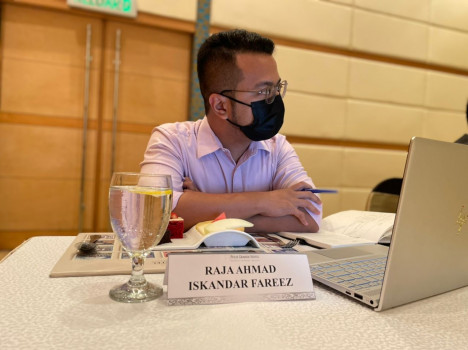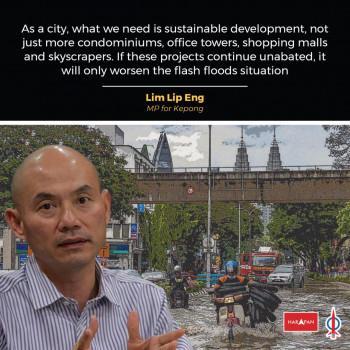by Women’s Aid Organisation
As we are in June, WAO did a quick ‘mid-year evaluation’ on domestic abuse cases that were highlighted in the media since the beginning of 2014. Here is what we found:
20 Jan – a man brutally cut his wife’s face after she defied his order not to visit her mother.
9 Feb – a woman died after she was believed to be slashed by her husband after an argument.
4 Mar – a man beat and set his wife on fire because he suspected she had an affair.
6 April – a wife was hit with a belt by her husband because she questioned him about her missing money kept in her handbag.
3 May – a wife and her daughter was locked in a house for nine hours by her angry husband.
These stories are all too familiar to us. In 2013 alone, 60% of cases that Women’s Aid Organisation (WAO) managed were on the issue of domestic violence. We sheltered 93 women, conducted 89 face-to-face counseling sessions and 1,195 telephone counseling sessions, as well as attended to 77 emails from survivors of domestic violence.
The latest study on domestic violence by the Women’s Development Research Centre (KANITA) of the University Sains Malaysia released last month revealed that there is a 9% prevalence of intimate partner violence against women in Peninsular Malaysia.
Now that we know about the prevalence, what then are the dynamics of domestic violence? The extensive data gathered at WAO provides some insight.
Survivors of domestic violence experienced many forms of abuse. Out of the 93 survivors who sought shelter at WAO, more than 95% were abused physically and psychologically, 52% financially, 49% socially and 35% sexually. The most common form of abuse was being beaten with his hands, being kicked and followed by being beaten with objects.
Who are the abusers, and when did the abuse start? 71% of the survivors were abused by their husband or ex-husband, and 15% were abused by family members. Half of the women said that the abuse started within the first year of marriage and the abuse lasted from 1 to 5 years. It is important to note that 40% of the women said that the abuse happened for no apparent reasons. More than half of the survivors left home only when the situation became unbearable.
It is crucial that we break the ‘cycles of violence.’ Our statistics show that almost 70% of the perpetrators come from families with history of abuse. Research has shown that children who grew up in abusive environments are more likely to be perpetrators or victims of abuse themselves.
Many women have reached out for help before, with 62% reporting that they have lodged police reports prior to arriving at the shelter. WAO assisted 25 women to apply for Interim Protection Orders. Of these, six applications were unsuccessful due to inefficient authorities.
Survivors often experienced post traumatic stress due to abuse. Thoughts of suicide have crossed the minds of 34 survivors. Out of the 48 residents who have contemplated suicide, close to half have attempted to take their own lives.
These statistics are not merely numbers; there are real faces with stories behind them. We must stop treating domestic abuse as a private matter. Educate our sons to respect women and educate our daughters to expect respect. Stopping abuse is everybody’s responsibility.
To view WAO’s statistics for 2013, please go to http://wao.org.my/file/2013%
* Women’s Aid Organisation (WAO) provides provides social work and counseling services for domestic violence survivors and advocates for women’s human rights. Together, we change lives. Call our counselling line at 03 7956 3488 or SMS TINA at 018 988 8058 if you or someone you know is experiencing abuse.
* The views expressed in this article are the personal opinion of the columnist.



